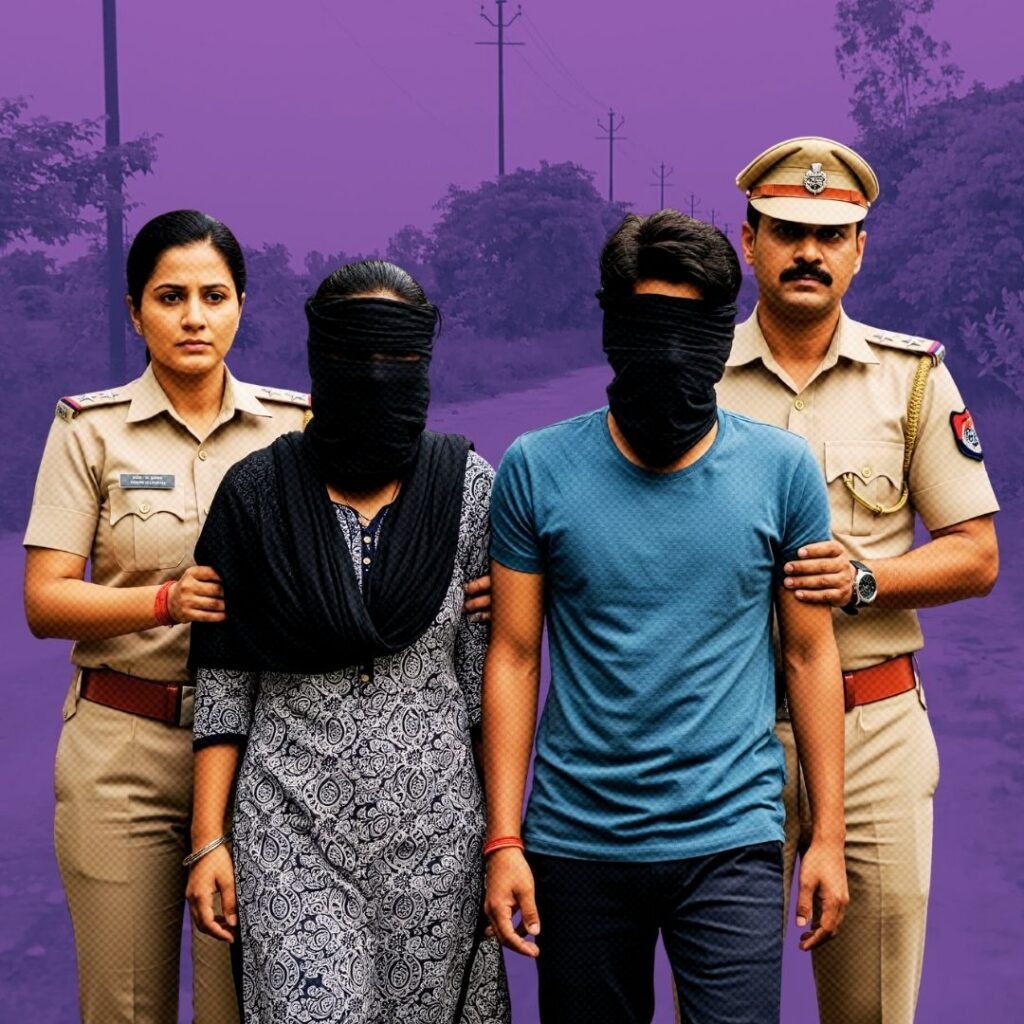2019 general elections, for many of us, was a lesson in History. The campaign started with the discussion on country’s first Prime Minister, later moved to Rajiv Gandhi, and now Gandhi’s killer – Nathuram Godse; many characters of the past were evoked, deliberated over, maligned and dismissed.
In a fresh salvo, BJP’s Bhopal candidate, who has incited several controversies, since she was given a ticket, has once again sparked a fresh debate, by calling Nathuram Godse, a patriot. However, later in the day, the party condemned her statement, and she was made to apologize.
“BJP’s line is my line,” Pragya said.
Prime Minister Narendra Modi too expressed his discontent in an interview said he can never forgive her.
Pragya was responding to Kamal Hassan’s comment where Hassan called Godse the first “Hindu extremist”.
Pragya, who was already barred from campaigning for three days for her comments against Mumbai terror attack martyr- Hemant Karkare, once again stoked controversy when she said that “Nathuram Godse was a ‘deshbhakt’ and will remain a deshbhakt’.
Congress termed Pragya’s comment as treason, and glorification of Godse as sedition.
Since Nathuram Godse is at the centre of the contention, we deemed it fit to analyse Godse’s action and reasoning.
Over the years, many historians and experts have tried to decode the mind behind Gandhi’s assassination.
Godse’s Childhood Played A Crucial Part
To understand Godse, one has to look into his childhood. His parents raised him as a girl fearing that he might die soon, like his three elder brothers. He was made to wear a ‘nath’ (nose ring) and was dressed like a girl, until his younger brother survived infancy. That’s how he got the name Nathuram- Ram who wore Nath.
Many believe that this time period in Nathuram’s life affected him such a way that he always tried to prove his masculinity. A well-known psychologist Ashish Nandy in his book, At The Edge of Psychology, wrote, “Perhaps it was given in the situation that Nathuram would try to regain the lost clarity of his sexual role by becoming a model of masculinity.” Nathuram believed that Hinduism lacked in masculinity, which the British thrived at.
Nathuram believed he was the only person who could avenge the humiliation of Hindus. He was always fascinated by the way the British ruled other countries and showed interest in centralized, uniform state nation. He condemned Gandhi’s representation of affirmation of the feminine self, which is enshrined in the Hindu ideal of the ‘ardhnarishwar’.
He saw Gandhi as the father of the nation who was effeminate in nature and failed to protect the country with his non-violent approach. Godse was a man who tried power. He joined Rashtriya Swayamsevak Sangh and left it after finding it not militant enough. He then joined the Hindu Mahasabha.
What Made Godse Pull The Trigger?
Godse struggled to find balance in the social structure that prevailed at that point in time. He was a Chitpavan Brahmin, a social group which once enjoyed social prestige and ascendancy, but later struggled due to the modernizing influence of the British era. This forced him to enter the cloth-shop business, which was a sign of downward social mobility.
Unfortunately, his business failed and he was forced to take up tailoring as a profession, which was considered as a profession of the lower caste. This created a contradiction between his traditional elite group and socioeconomic status. Nandy highlights this gap in his 40-year-old essay, “ It is from this kind of background that the cadres of violent, extremist and revivalist political groups often come”. He further mentions, “Godse’s hand was forced by the real killers of Gandhi: the anxiety-ridden, insecure, traditional elite concentrated in the urbanized, educated, partly westernized, a tertiary sector whose meaning of life Gandhian politics was taking away”.
Was Godse A Terrorist?
Godse checks all the boxes as far as a checklist for a terrorist is concerned.
Godse did not assassinate Mahatma Gandhi, for a personal dispute, but rather to warn/ tell the nation that Gandhi is no hero.
The assassination of Gandhi was not in a fit of rage; it was mediated and ideologically inspired to send a clear message to the entire nation.
Kamal Hassan in his infamous speech called Godse a “Hindu Extremist”. This is justified in the manner in which we refer to terrorists/ extremists in other religion. For instance, militants in Punjab are called ‘Sikh militants’, while those who wreak violence in the name of Islam are called ‘Islamic Jihadis’.
Godse believed he had a special connection with God, after all, he defied the family jinx of death at infancy. He believed he will lead the Hindus to a new path and help Hinduism regain its lost respect.
Also Read: “Independent India’s First Terrorist Was Hindu,” Says Kamal Haasan In An Election Campaign











